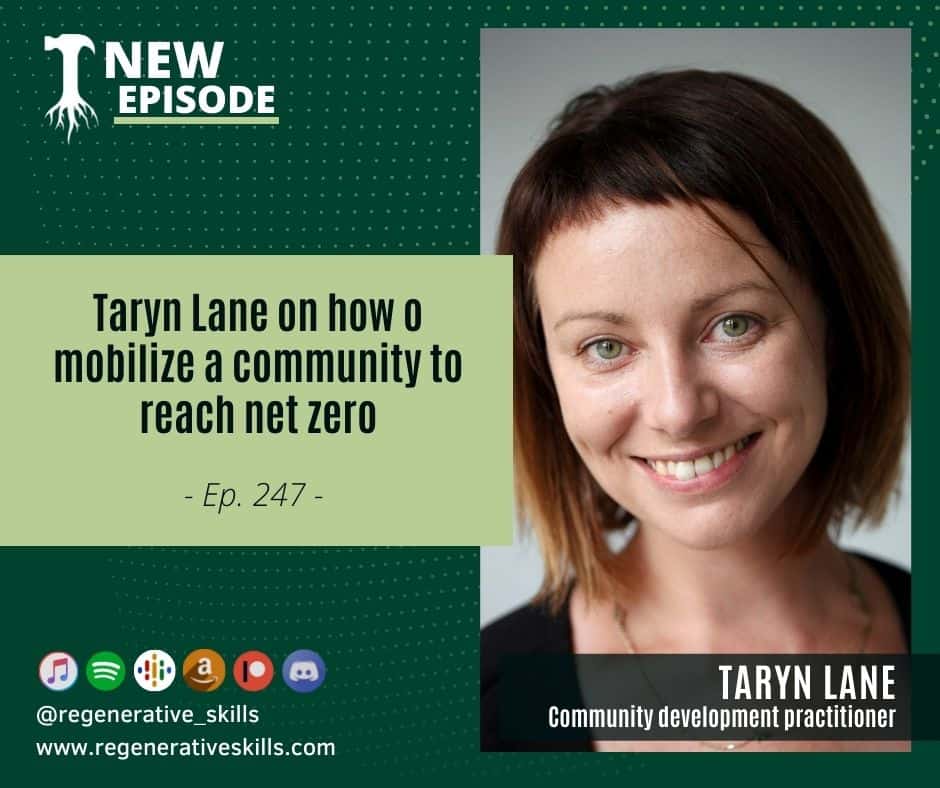
As I continue to explore the knowledge and wisdom of people around the world working to build and strengthen their communities, I’ve been uncovering inspiring examples of local initiatives striving for a carbon neutral future. Inspired to act by the global efforts to reduce nonrenewable fuel dependence and to uncouple their essential infrastructure from fossil fuels, communities have taken it upon themselves to do their part to transition towards a sustainable future even if governments at the national level have been lagging behind.
One of the more advanced of these community projects with a track record of enduring change and resilience is that of the community of Hepburn Shire in Victoria, Australia where a community partnership called Hepburn Z-NET is working to make the Hepburn Shire the first zero-net emission shire in Australia.
One of the people who has been instrumental in organizing community efforts to come together around the goal of net zero emissions is Taryn Lane. Taryn designed and led the Hepburn Shire Z-NET project which modeled a “whole municipality” 100% renewable and carbon-neutral pathway.
For the past decade Taryn has also managed Hepburn Wind, the first and largest community-owned renewable energy facility in Australia. The 4.1MW wind farm hosts two turbines, called Gale and Gusto, that produce enough clean energy to power more than 2000 homes. She has also undertaken a Churchill Scholarship looking at community energy projects around the world. Taryn is also a founding director of the Australian Wind Alliance and the Coalition for Community Energy.
She has recently developed two best practice community engagement guides for large scale renewable energy developments for both the Victorian Government and the Clean Energy Council. The project is open source and a best practice approach to bottom-up transition.
In this interview we discuss a wide range of topics from the more technical side like the breadth of factors in calculating the emissions impact of a community, the various technologies needed for a resilient system throughout the year, and strategic financial planning in the long term to reach goals that are out of reach at the beginning.
We also dive deep into the community organization aspects which are essential to success lik gaining the trust of local residents, bringing together people from various sectors, managing expectations, and including diverse voices in each level of decision making.
I especially recommend sticking around to the end of the interview when Taryn gives her advice for people looking to start similar initiatives in their own communities and where they can find tools and resources to help them get started.
Join the discord discussion channel to answer the weekly questions and learn new skills with the whole community
Links:
http://hepburnznet.org.au/wp-content/uploads/2020/06/Z-Net_CTP_Screen-1.pdf
https://www.instagram.com/hepburnenergy/ https://www.facebook.com/HepburnZnet
